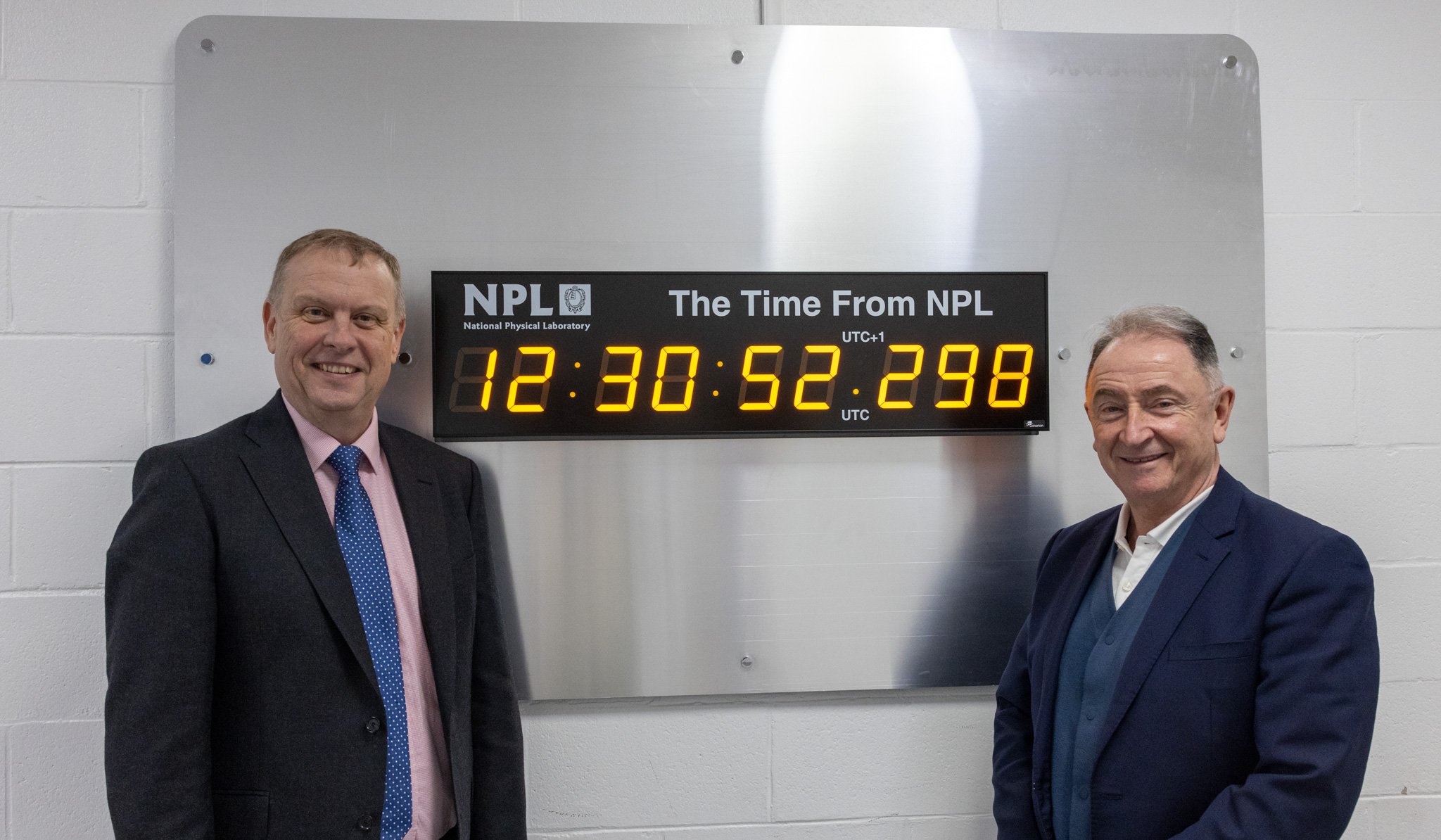The National Physical Laboratory (NPL) has taken a significant leap forward in enhancing the United Kingdom’s capabilities in the development of time-critical technologies. Marking the inauguration of the first of three innovation nodes, this initiative is aimed at sectors such as transport, telecommunications, fintech, and quantum with the application of accurate and precise timing.
In a collaborative effort between NPL and host organizations, including the University of Strathclyde, the University of Surrey, and Cranfield University, the Innovation Nodes stand as a cornerstone of NPL’s National Timing Centre Programme. This Programme represents the UK’s nationally distributed time infrastructure, offering secure, reliable, resilient, and highly accurate time and frequency data. Such infrastructure is crucial for the acceleration of new technologies, encompassing time-critical 5G and 6G applications, next-generation automated factories, and connected autonomous vehicles.
The University of Strathclyde’s Innovation Node was officially launched by Dr. Peter Thompson, CEO at NPL, and Professor Sir Jim McDonald, Principal and Vice Chancellor of the University of Strathclyde. The event not only commemorates the initiation of the node but also celebrates NPL’s longstanding collaborative relationship with the University of Strathclyde, particularly in the realms of quantum and timing.
Throughout their development phase, the node sites at the Universities of Strathclyde, Surrey, and Cranfield have played host to feasibility and demonstrator projects funded by Innovate UK. These projects have benefited from technical consultancy and access to high-accuracy timing signals, facilitating the development of new products and services. Among the initiatives supported by the Innovation Nodes is an effort to establish an evidence base for redistributing Positioning, Navigation, and Timing (PNT) data to air- and ground-based autonomous systems within a smart city infrastructure, thereby enhancing the safety, reliability, and security of autonomous transport.
NPL welcomes collaboration with industry and academia to leverage the Innovation Nodes for access to traceable and high-accuracy timing signals, promising to stimulate further innovation and development in critical sectors.
Dr. Leon Lobo, Head of the National Timing Centre Programme, emphasized the foundational role of time in supporting our digital infrastructure, highlighting the collaboration with Strathclyde as a means to enable resilient time for the future through the development of new products and services.
Professor Paul Griffin of Strathclyde’s Department of Physics pointed out the vulnerabilities of GPS and similar systems to jamming and spoofing, underscoring the NTC’s mission to provide robust timing for the UK independent of GPS. The initiative includes the use of atomic clocks at Anthorn in Cumbria, aligning with UTC through the NTOL project (NPL Time Over eLoran) led by Chronos Technology. This project showcases the broadcasting of NPL’s timebase via eLORAN transmission, received and decoded by Strathclyde’s Power Networks Demonstration Centre (PNDC), marking a pivotal advancement in securing the nation’s timing infrastructure against potential threats.






